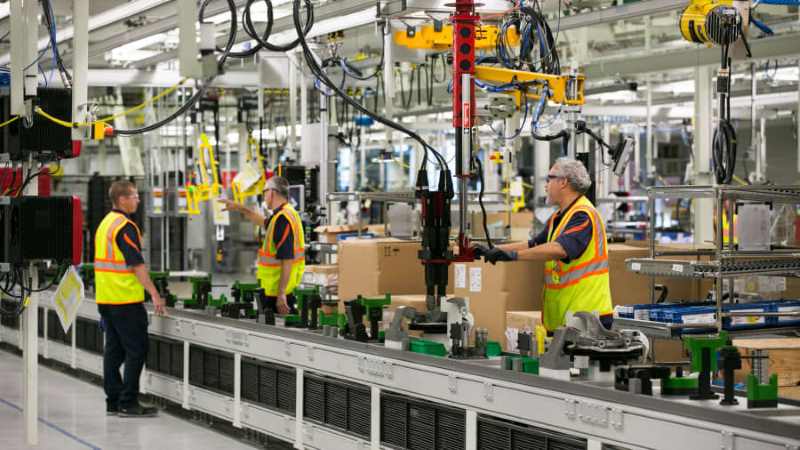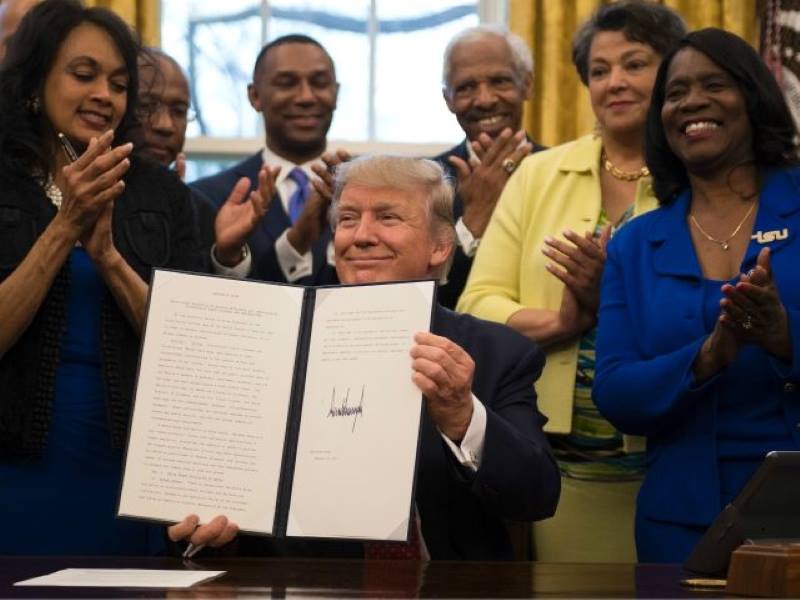Economy
How Trump’s Recent Tariffs Will Be Applied to Automotive Parts?
After sustained lobbying from the automotive sector, President Trump has amended his aggressive auto tariff plan. The White House announced on Tuesday that automakers will be given additional time to adapt their global supply chains and shift production to the U.S., softening the initial impact of the 25% import tax on vehicles and parts.
Trump Frames Tariffs as Pro-Growth Strategy
Speaking later that evening at a Michigan rally, Trump framed the tariff revisions as a victory for domestic industry. “They’re all eager to return to Michigan and manufacture cars here again,” he told supporters. “We’re giving them a short window before we crush them if they don’t comply.”
Revised Tariff Rules: What Changes and What Doesn’t
The original 25% tariff remains intact, and car prices are still expected to rise by several thousand dollars. However, new provisions allow manufacturers to reduce their tariff burden if final vehicle assembly takes place in the U.S.
Starting May 3, companies may qualify for a tariff discount of up to 3.75% of the vehicle’s retail price in the first year, which declines to 2.5% in year two.
Offset Options and Retroactive Refunds
A new executive order allows auto manufacturers to apply to the Department of Commerce for a reduced rate by detailing how imported components will be used in U.S. factories. The Department will approve applicants and provide offsets to lower their customs obligations.

Trump Eases Auto Tariffs to Support Domestic Manufacturing
President Trump has announced modifications to his auto tariffs strategy, reducing financial pressure on U.S…
Additionally, overlapping tariffs—such as those on imported steel or aluminum—will not join the 25% auto levy. The exemption applies retroactively to March, allowing some importers to request reimbursement.
Domestic Production Still Central to Trump’s Vision
Trump reiterated his desire to bring manufacturing home: “They used parts from everywhere,” he said. “I don’t want that. I want the parts made here. But I gave them a bit of time.” However, shifting supply chains back to U.S. soil could take years and require expanded infrastructure and labor investment.
Winners and Losers Under the New Framework
Carmakers like Tesla and Ford, which already manufacture most of their U.S.-sold vehicles domestically, stand to gain a clear advantage. In contrast, GM, Toyota, and Hyundai, which rely heavily on offshore production, face continued tariff exposure.
Models produced in multiple countries, such as the Toyota RAV4 (made in both Kentucky and Ontario), may see shifting production dynamics or price increases due to new tariff structures.
Industry Responds with Cautious Optimism
Trump urged companies not to pass costs on to consumers. However, some automakers expect prices to rise. The Automotive Policy Council, which represents Ford, GM, and Stellantis, welcomed the changes as a concrete response to long-standing concerns. It also warned that sudden policy shifts remain a risk. Many in the industry are waiting to see how the rules are implemented—and whether Trump will once again reshape the landscape.


